Service hotline
+86 0755-83975897
Release date:2024-11-15Author source:KinghelmViews:1608
In modern electronic devices, the **USB** interface is one of the most common methods for connecting peripherals and accessories. As technology continues to evolve, older USB connectors, such as USB-A and USB-B, are increasingly being replaced by the **USB Type-C** interface. The **USB Type-C** connector is designed with numerous benefits, including faster data transfer speeds, higher power delivery capabilities, and a reversible design that eliminates the frustration of plugging cables in the wrong way. A key aspect of the **USB Type-C** system is understanding the difference between the **plug** and the **receptacle**. In this article, we’ll explore the definitions, key differences, advantages, and applications of both parts of the **USB Type-C** connector system.
In a **USB Type-C** connection, the terms "plug" and "receptacle" refer to two distinct components of the system. These two parts work together to establish the electrical connection that allows data transfer and charging between devices.
The **Type-C plug** is the male end of the **USB Type-C** connector, typically the component that users insert into devices. It is the part that
contains the metal pins which create the electrical connection with the **receptacle**. The **plug** is typically compact and features a durable construction with metal contacts on both sides to ensure a secure connection.
The **Type-C receptacle**, on the other hand, is the female end of the connection, typically found on devices such as smartphones, laptops, chargers, and monitors. The **receptacle** is a fixed component embedded within the device, and it contains multiple metal contact points that align with the pins on the **plug** to complete the electrical connection.
Although the **USB Type-C plug** and **receptacle** work in tandem to enable data transfer and power delivery, they differ in design, connection method, and functionality:
● Plug: The **plug** has a compact design and includes metal pins or contacts on both sides, ensuring a stable connection with the **receptacle**.
● Receptacle: The **receptacle** is a fixed port, embedded within the device. It houses the corresponding contacts that align with the **plug** when it is inserted.
● Plug: The **plug** is inserted by the user into the **receptacle**. It can be considered the "mobile end" of the connection, as it is generally inserted into external devices or peripherals.
● Receptacle: The **receptacle** remains fixed within the device and receives the **plug**, making it the "fixed end" of the connection. It is embedded in devices like laptops, smartphones, and chargers.
● Plug: The **plug** is typically encased in plastic with metal terminals and may have an indicator light, such as a charging status LED.
● Receptacle: The **receptacle** contains multiple metal contacts that align with the **plug’s** pins. It is embedded within the device casing for a stable connection during usage.
The **USB Type-C** interface provides significant advantages over older USB standards like USB-A and USB-B. These advantages are a major reason why **USB Type-C** is rapidly becoming the preferred connection standard in many industries, including consumer electronics:
● Reversible Design: One of the standout features of **USB Type-C** is its reversibility. The **plug** can be inserted in either direction, eliminating the frustration of having to align the connector correctly, which is common with older USB versions.
● High-Speed Data Transfer: **USB Type-C** supports high-speed data transfer standards such as **USB 3.1**, **USB 3.2**, and **USB4**, offering speeds up to 40Gbps—much faster than previous generations of USB technology.
● High Power Delivery: The **USB Type-C** interface can deliver up to **100W** of power, making it suitable for charging a wide range of devices, including high-power devices like laptops and monitors.
● Multi-Function Support: Besides data transfer and charging, **USB Type-C** can also support video output (such as **DisplayPort** or **HDMI**), making it a highly versatile interface standard.
Thanks to its versatility, the **USB Type-C plug** and **receptacle** are now used in a variety of devices across many industries. Here are some common applications:
● Smartphones: Many modern smartphones now feature a **USB Type-C plug** as their charging and data transfer port.
● Laptops and Tablets: **USB Type-C plugs** are also widely used in laptops and tablets for charging and connecting peripherals.
● External Storage Devices: Many external hard drives and SSDs use **USB Type-C plugs** for fast data transfer.
● Headphones and Earbuds: **USB Type-C plugs** are often used in newer headphones and earbuds for both audio and charging functionality.
● Mobile Devices: **USB Type-C receptacles** are found in smartphones and other mobile devices, where they receive the **Type-C plug** for charging and data transfer.
● Computers: Many modern computers and laptops feature **USB Type-C receptacles** for connecting peripherals or charging devices.
● Chargers and Power Adapters: **USB Type-C receptacles** are used in power adapters and charging bricks for compatibility with **Type-C plugs**.
In conclusion, the **USB Type-C plug** and **receptacle** are integral components of modern electronic devices, enabling fast, efficient, and reliable data transfer and power delivery. The **plug** is the portable part that connects with other devices, while the **receptacle** is the fixed port embedded in devices. With its reversible design, high-speed data transfer capabilities, and versatile multi-function support, **USB Type-C** is rapidly becoming the standard connector for a wide range of consumer electronics. As technology continues to advance, the adoption of **USB Type-C** will continue to expand, further simplifying and improving connectivity across devices.
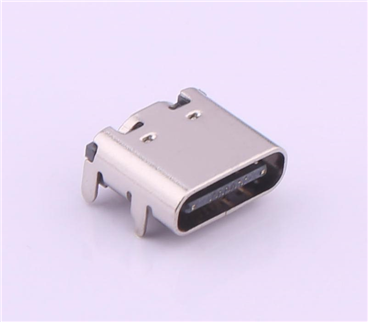
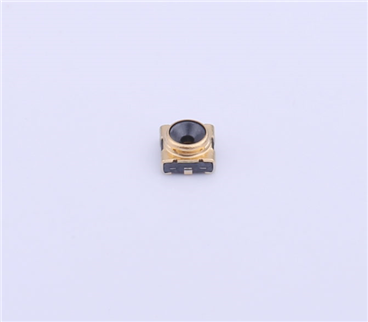
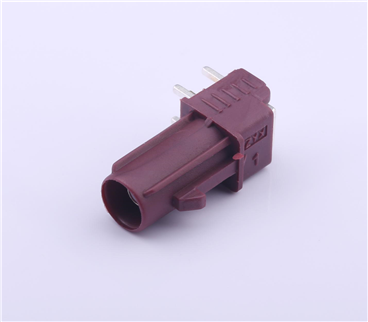
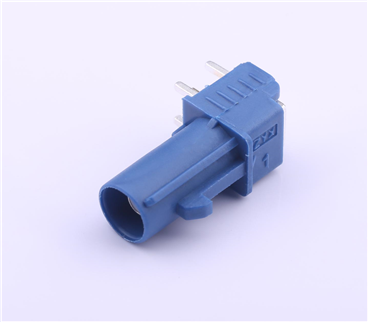
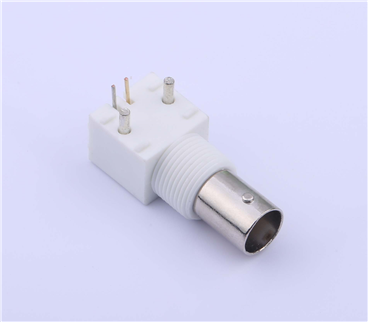
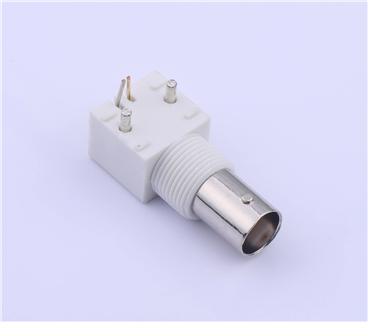
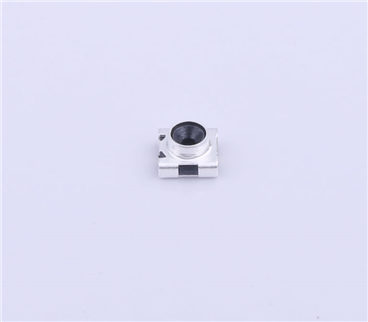
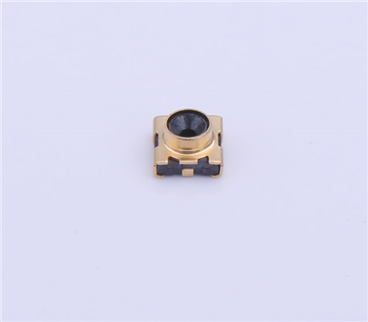
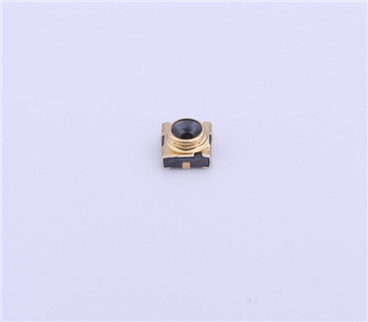

Copyright © Shenzhen Kinghelm Electronics Co., Ltd. all rights reservedYue ICP Bei No. 17113853